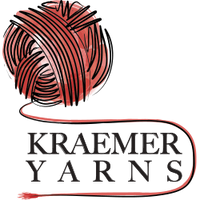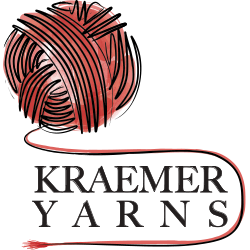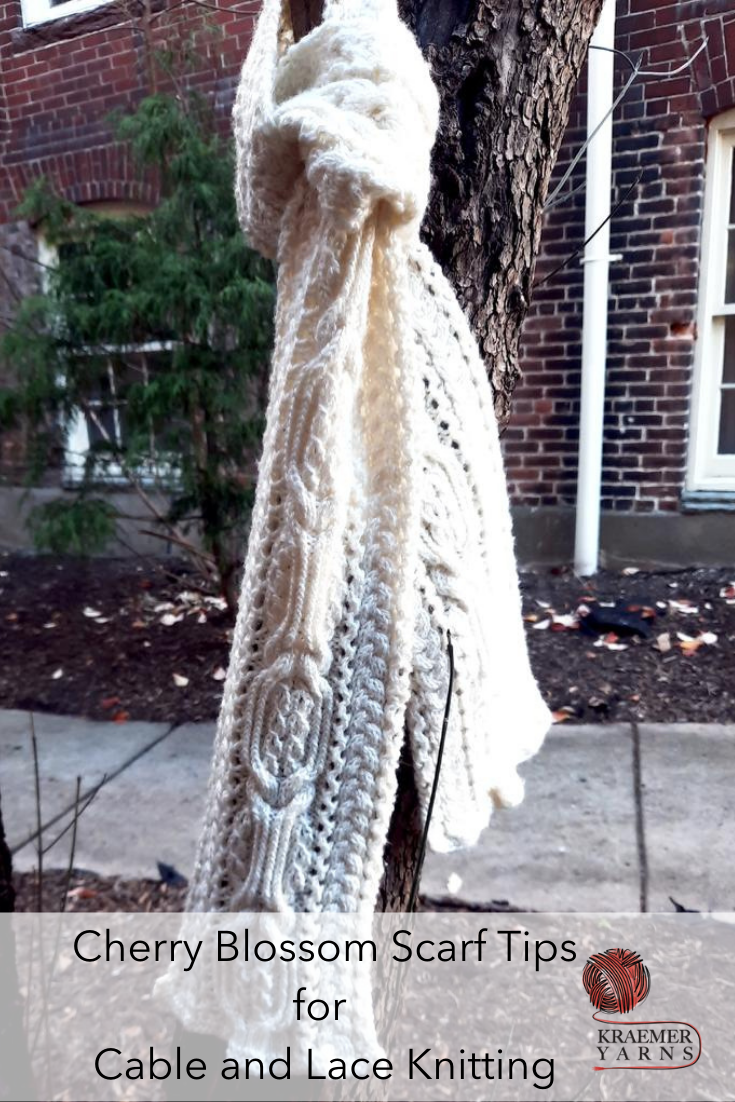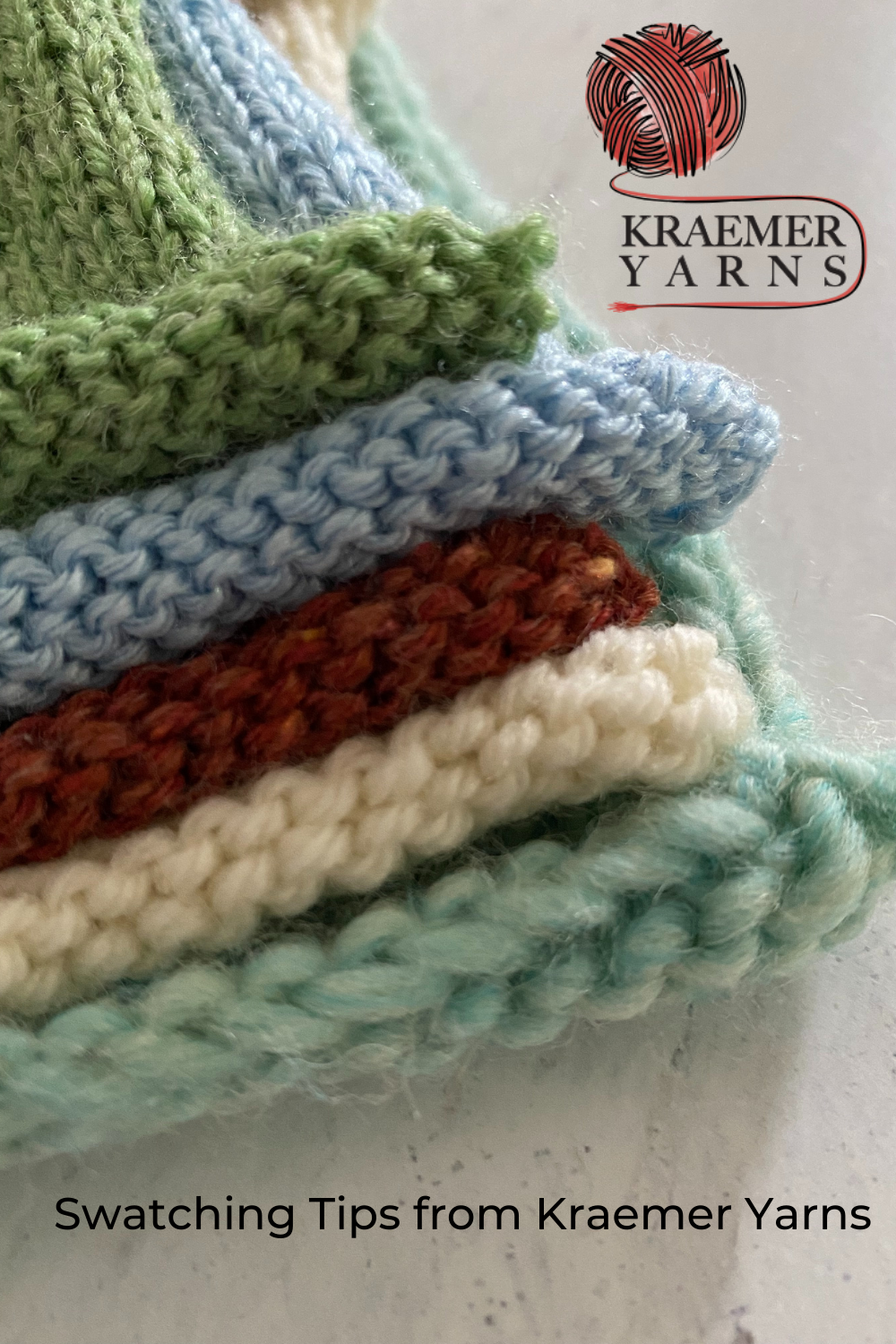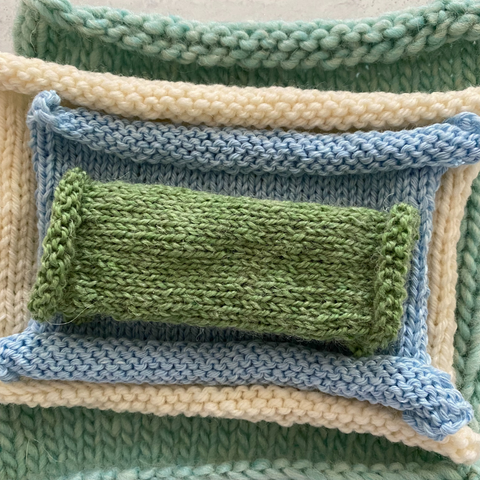Cherry Blossom Path Scarf Tips for Cable and Lace Knitting
The Cherry Blossom Path Scarf is a pattern that features cables and lace patterns while worked in our Perfection Worsted yarn. We’ve marked this pattern as Experienced in the skill level, as the pattern does require your attention to the cables and lace stitches! Of course, it’s all just one stitch at a time, so if you’ve knit cables or lace before you can handle this pattern.

Knit this scarf following the chart or the row-by-row instructions. For those knitters choosing the chart, make sure to first review the legend on page 7; the symbols are shown below. Take a few moments to review the symbols, abbreviations, cables, decreases, and increases. A tip: the designer wrote the pattern for a slip one, knit two, pass slipped stitch over - but if you instead do a slip one, kt2og, pass slipped stitch over, you’ll be off on the next row.

We’ve taken a tip from a previous tutorial blog and added color-coding to the chart, so that is already done for you! Having sticky notes, washi tape, a magnetic chart keeper or stitch markers on hand may be useful, but they are not required. Do what works for you!

Here’s another tip: knit in good lighting and if you can, avoid needles that are close in color to your yarn. Both points will help with counting if you find you are off somewhere. This isn’t the type of project suited for a movie theater or with the lights out while you stream a show at home.

The pattern is a 48-row repeat to obtain the desired scarf length. Don’t let this intimidate you! As you begin to work through the pattern, you’ll notice that certain rows repeat. Such is the nature of cables and lace! As you work your way through, watch how the stitches line up on top of one another and how the cables cross. Stop and admire your work! Are the yarnovers alternating? Are any cables in a column crossing properly? It’s easier to fix when you catch a mistake after a few rows than a few inches! Here’s the scarf with one complete repeat.

The pattern gives you instructions on how many repeats to work for a standard length scarf, approximately 57”. With one repeat complete, you can take a measurement and have an idea of how many repeats you’ll need to achieve a certain length, if your goal is longer or shorter.

